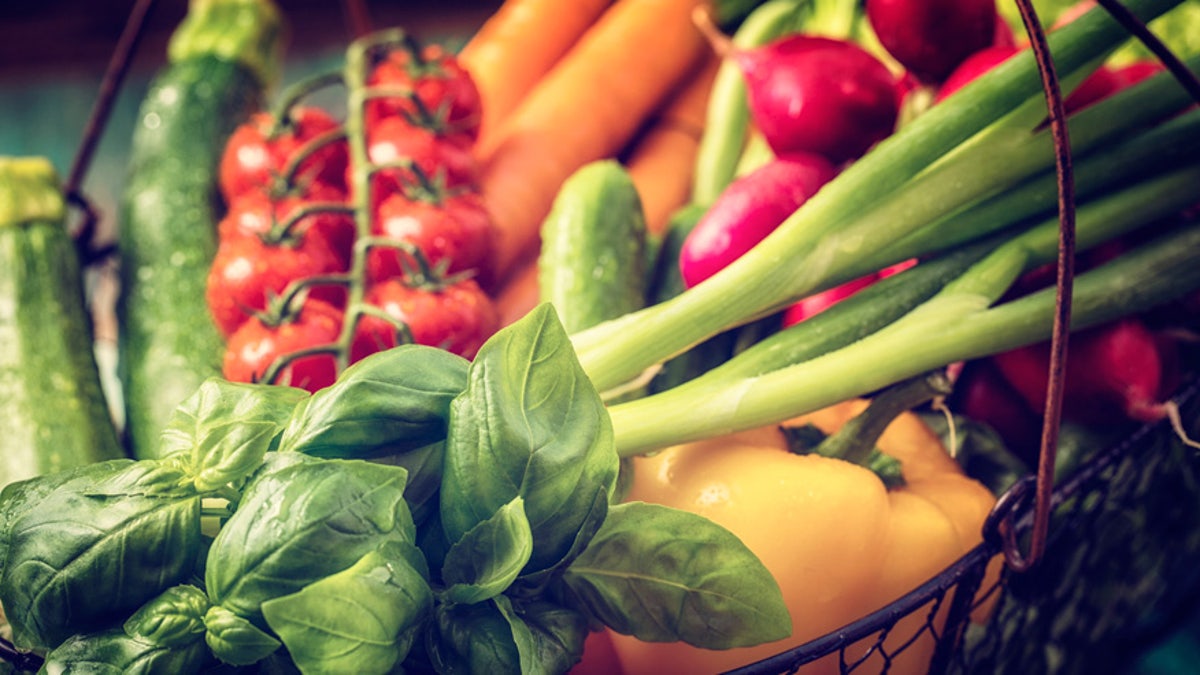
Constantly choosing the 'healthy' option may not be that healthy. (iStock)
I used to take expiration dates very seriously. I froze my ground beef before the “Use By” date and if my milk’s “Best If Used By” date was yesterday, I’d toss it. The boxed stuffing mix that expired last month? In the garbage. But after researching the different types of “expiration” labels, I learned that food actually lasts longer than I thought.
According to the United States Department of Agriculture, food expiration dates refer to food quality, not food safety. Federal regulations do not require that expiration dates be put on meat, poultry, eggs, dairy, cans, and boxed foods (baby formula is the only product that requires an expiration date). They are added as a helpful guide to consumers and retailers. Here are the three most common labels:
Best If Used By

"Best if used by" is all about peak quality of a food item. (iStock)
This date suggests when a product will be at peak quality. It will still be safe to consume after that date, but the flavor and texture quality will start to go down.
More from Taste of Home:
Use By

Perishable items can be eaten after the "use by" date, but don't wait too long. (iStock)
This date is usually found on more perishable items, like meat. It’s still OK to consume the product for a short period after the date, but don’t wait too long.
Sell By

iStock (Products should be off shelves after their "sell by" date.)
This date tells retailers when the product should be off the shelves. Sales are one way grocery stores try to get older inventory into consumers’ carts, and it’s usually pretty effective.
“Use by” dates are a great guide for people like you and me, but it comes at a price. A USDA report states that Americans waste about 30 percent of food every year. Part of that is because we follow expiration dates too closely and end up throwing out perfectly good food. It’s such a shame. Luckily, we can change.
Use your best judgment to determine whether or not food should be tossed. Instead of looking at the date, look at the actual food. Does the color look right? Is the odor funky? Has the texture changed? Knowing what food is supposed to look, smell, and feel like is a life skill we all should know. It will stop you from eating food that’s gone bad and prevent you from tossing food too early.
